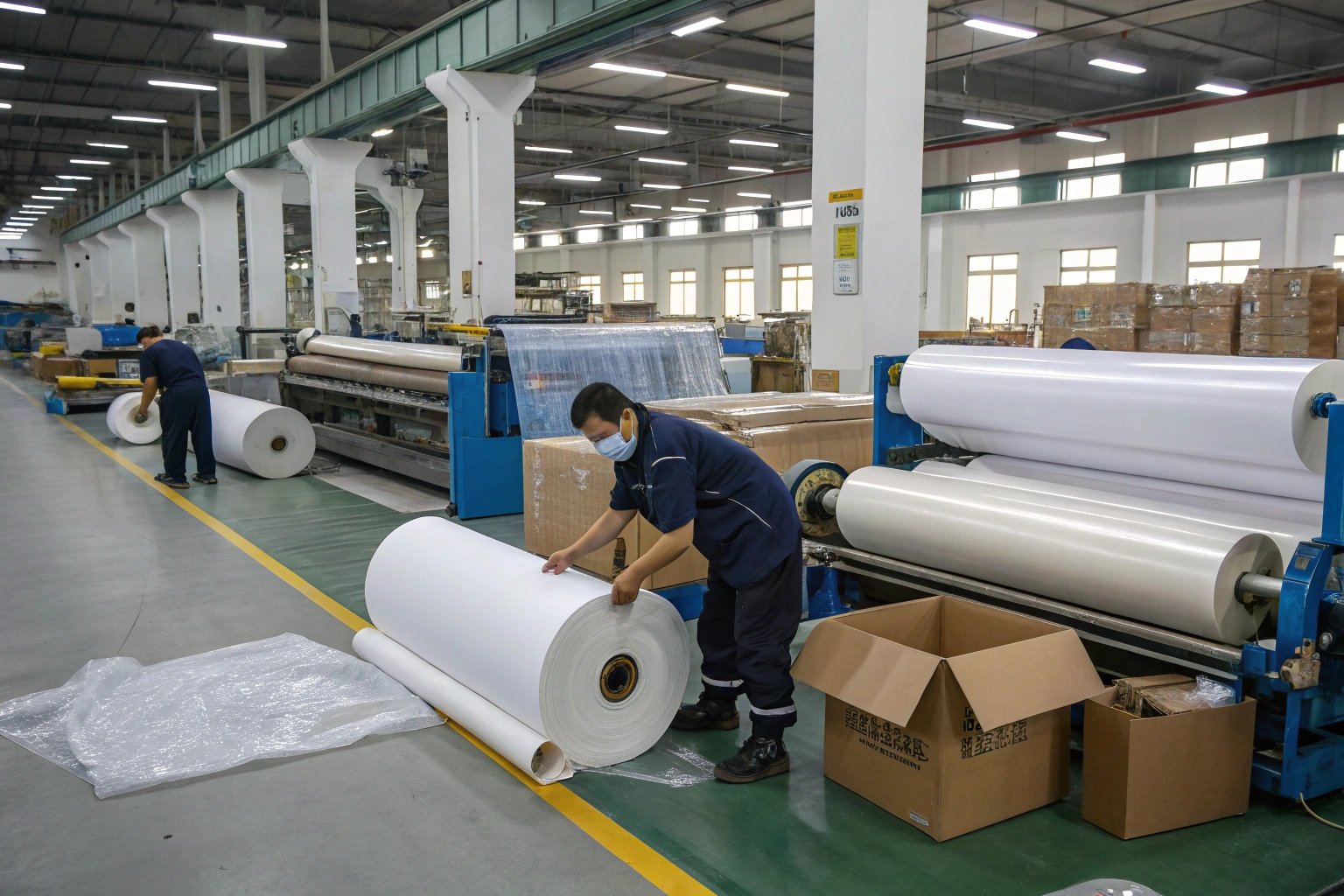As a fabric factory based in Keqiao, China, I often hear this question from new buyers: “What’s your minimum order quantity for custom waterproof coated fabric?” It’s a fair question. After all, not every client is sourcing for a big chain like Patagonia or North Face. Whether you’re launching a new rainwear line or customizing tent materials for your startup, knowing the MOQ (minimum order quantity) helps you plan your production and budget.
The MOQ for custom coated waterproof fabric depends on several factors—base fabric type, coating method, color, function, and your desired level of customization. In general, 1000 meters per color is a common threshold in China’s textile market, but we offer flexible solutions depending on coating technique and client size.
Let’s explore the factors that impact MOQ, compare options by coating type, and share strategies to reduce your investment while still getting top-quality waterproof textiles.
What Affects the MOQ for Custom Waterproof Coated Fabrics?
The MOQ for custom waterproof coated fabric isn't just a random number. It’s shaped by multiple layers in our supply chain—from base fabric availability to coating line setups.
Most suppliers in China quote MOQs based on the coating process, roll widths, and batch dyeing constraints.
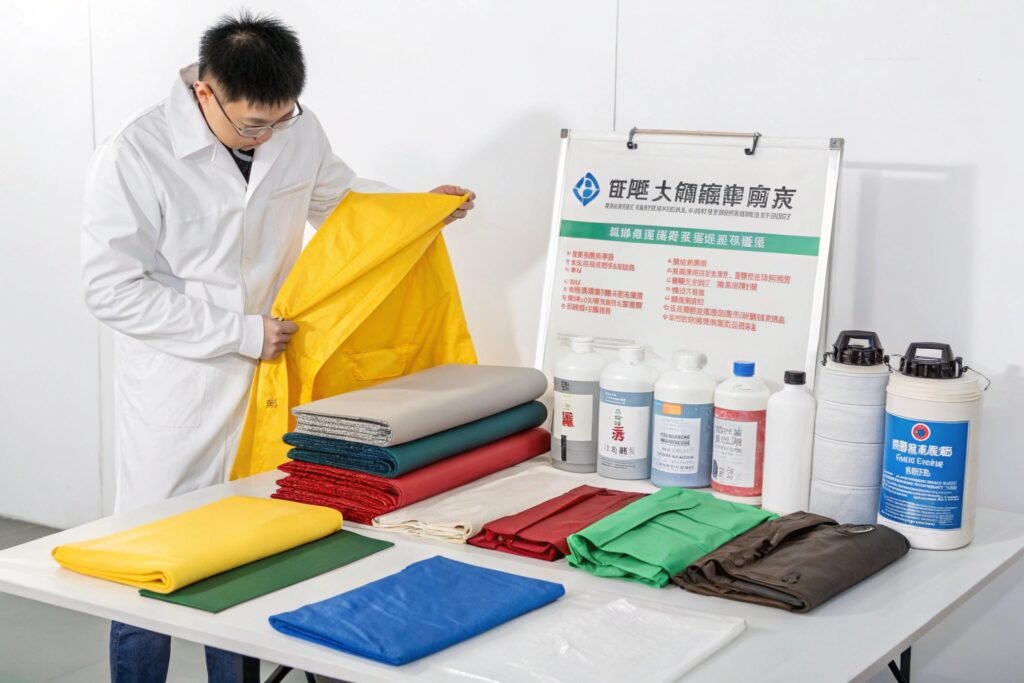
How Does Fabric Type Influence MOQ?
The base fabric you choose—like polyester taffeta, nylon ripstop, or cotton twill—has a major impact. Some constructions are commonly stocked, while others must be specially woven.
For instance, nylon ripstop is widely used in outdoor gear and has a strong global demand, so many factories stock greige (unfinished) versions. That allows for lower MOQ since only coating and color steps are needed. In contrast, a jacquard or specialty weave may require higher starting yardage.
If you're ordering for fashion applications, textured surfaces or patterns will also increase the fabric's minimum. You can browse options on Spoonflower to get ideas of popular customized designs that may need higher MOQs.
Why Does the Coating Method Matter?
Different coatings—like PU (polyurethane), PVC, TPU, or silicone—require distinct machinery and curing times. A large batch setup for PVC typically starts at 1000 meters per color due to the roller application and drying tunnel costs.
However, modern techniques like lamination or hot-melt film allow small-run orders as low as 300–500 meters for startup brands or specialized gear, especially for TPU and PEVA film bonding.
Which Coating Types Offer Lower MOQ Options?
If you're working with a tight budget or running a pilot collection, it's helpful to choose coatings that are MOQ-friendly without compromising waterproof performance.
TPU and silicone coatings are emerging as small-batch favorites thanks to their flexibility and environmental advantages.
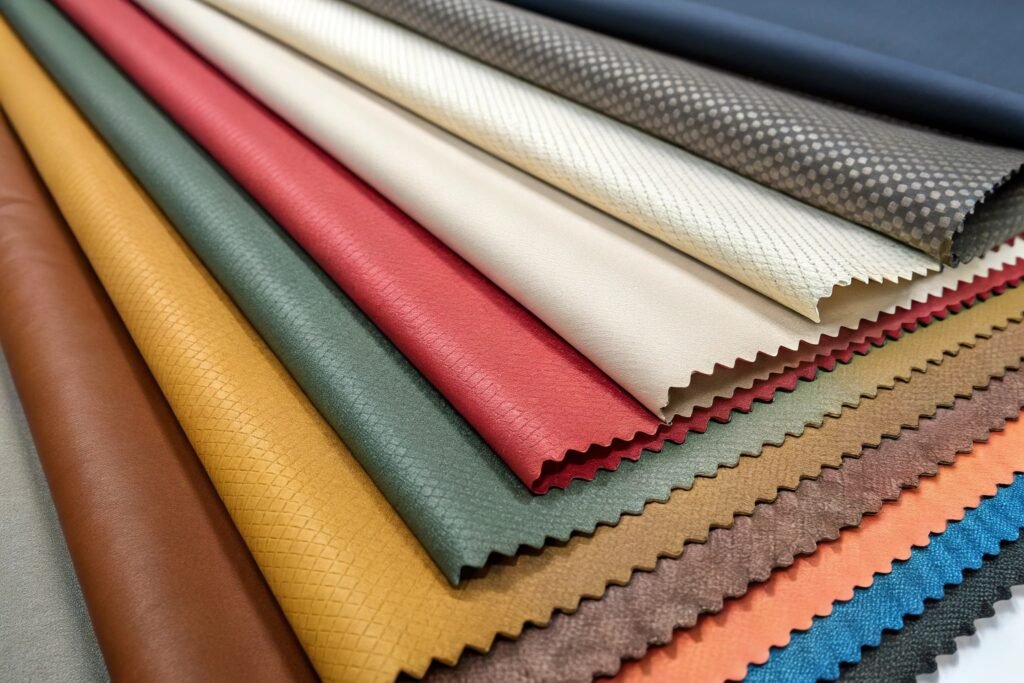
Is TPU Coating Suitable for Low-Volume Orders?
Yes, TPU (thermoplastic polyurethane) is ideal for small brands. It's eco-friendlier than PVC and performs well in outdoor clothing and baby products. Since TPU is often applied via lamination, you can work with smaller coating widths and heat-bonded films.
Many vendors in Keqiao offer TPU film lamination starting at 300–500 meters per color/design. Keep in mind, however, that color matching and printing over TPU adds cost and complexity.
For suppliers offering medical-grade or food-safe TPU, like those listed on Alibaba, make sure they have the certifications you need.
What About Silicone Coated Waterproof Fabrics?
Silicone is known for flexibility and chemical resistance. While it's costlier than PU, its coating process (usually done on air knives or blade coating lines) allows for smaller production runs, especially for functional gear like backpacks or extreme weather jackets.
MOQ for silicone coating is typically 600–800 meters, depending on whether you use stocked greige goods. Factories like ours often combine orders from multiple buyers to offer shared dye lots at lower MOQs.
How to Lower MOQ Without Sacrificing Quality?
Even if you're a startup, you can still access high-quality coated fabrics by being strategic with your order structure.
You don’t always need to meet factory-standard MOQs if you collaborate with the right partner or use semi-custom solutions.
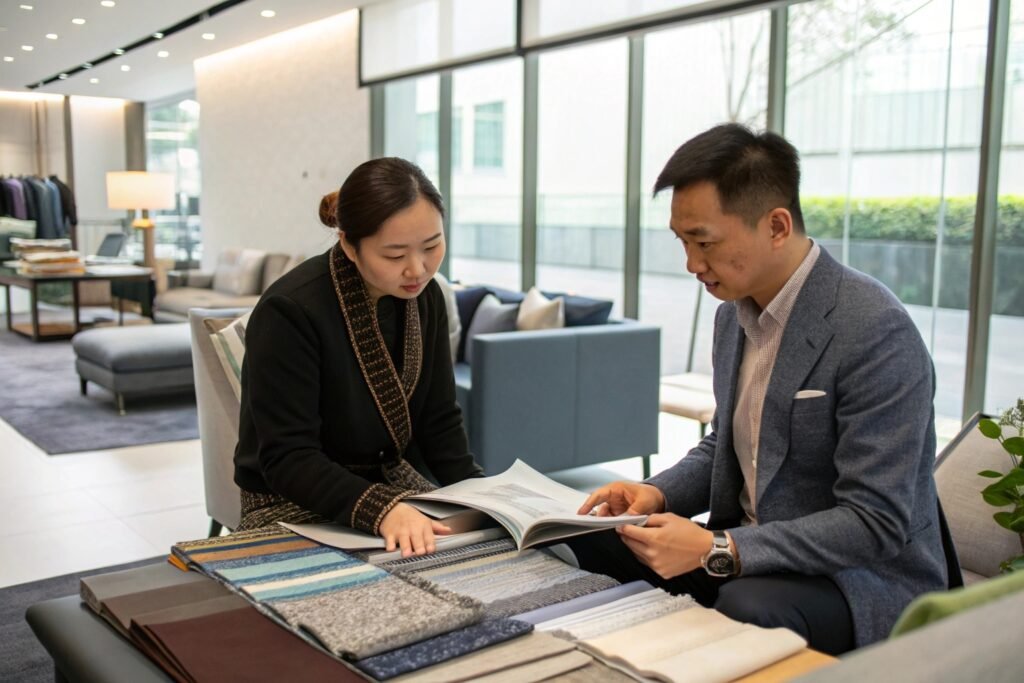
Can I Share MOQ with Other Buyers?
Yes. If you’re open to shared dye lots or standardized base fabrics, many Chinese suppliers will combine orders from different clients. This allows you to order as little as 100–300 meters, especially during factory production runs.
Some sourcing platforms even help coordinate shared runs across brands. We often coordinate with multiple U.S. buyers during peak seasons to cut everyone's costs.
Are Stocked Coated Fabrics an Option?
Absolutely. Many suppliers maintain an inventory of coated polyester, nylon, and cotton fabrics in neutral colors or popular patterns. These are perfect for low MOQ orders and urgent deliveries.
By choosing from in-stock waterproof materials, you can start with as little as 50–100 meters, ideal for sampling, influencer launches, or urgent B2B orders.
What Customization Options Impact Minimums?
Customization is often the reason buyers need special coating runs—but the more custom, the higher the minimum.
From color to pattern and performance finish, every variable in custom waterproof fabric affects the MOQ.
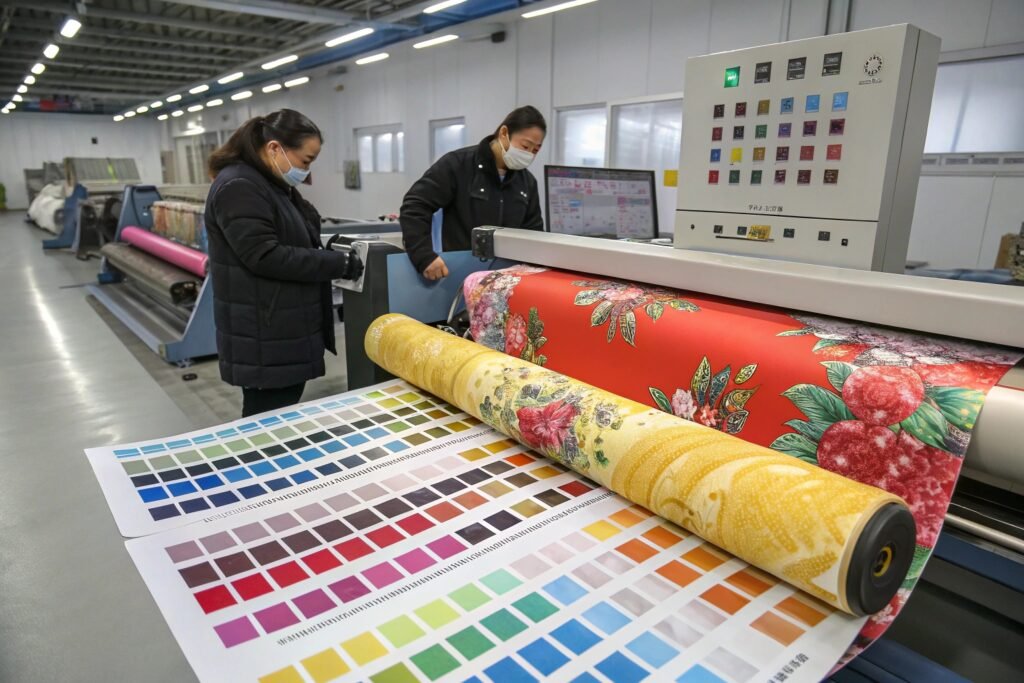
Does Custom Color Require Higher MOQ?
Yes. If you request a Pantone color match, the mill needs to run lab dips, dye the base fabric, then apply the coating—all in sequence. For PU or PVC coatings, this often means starting at 1000 meters per color.
However, with stocked greige goods and digital dyeing, we can often reduce this to 500 meters per color, especially for standard textiles like polyester oxford or micro ripstop. Online services like Pantone Connect help ensure global consistency in color matching.
What If I Need Printing or Logo Customization?
Printing adds another layer of complexity. Waterproof fabrics often require screen printing with adhesion enhancers or digital sublimation printing on transfer-friendly base fabrics.
For screen-printed waterproof textiles, MOQ usually starts at 800–1200 meters due to the setup of each print screen and drying equipment. But digital printing with PU/TPU-compatible inks can begin at 300–500 meters, especially when using factory-stocked substrates.
Check suppliers that offer sublimation-friendly waterproof base fabrics before planning your artwork.
Conclusion
If you're sourcing custom waterproof coated fabrics, your MOQ depends on the coating method, customization level, and base fabric selection. PU and PVC tend to start at higher volumes (1000 meters), while TPU, silicone, and stocked solutions offer more flexibility (as low as 100 meters). For startups or boutique brands, partnering with a supplier like Fumao Fabric allows you to access premium, lab-tested waterproof textiles without breaking your budget.
We help many American buyers like Ron get small-batch coated fabrics tailored to their specs, with real-time quality reports, rapid samples, and end-to-end logistics from Keqiao to your door. MOQ doesn’t have to be a barrier—it’s just a number we can plan around together.

